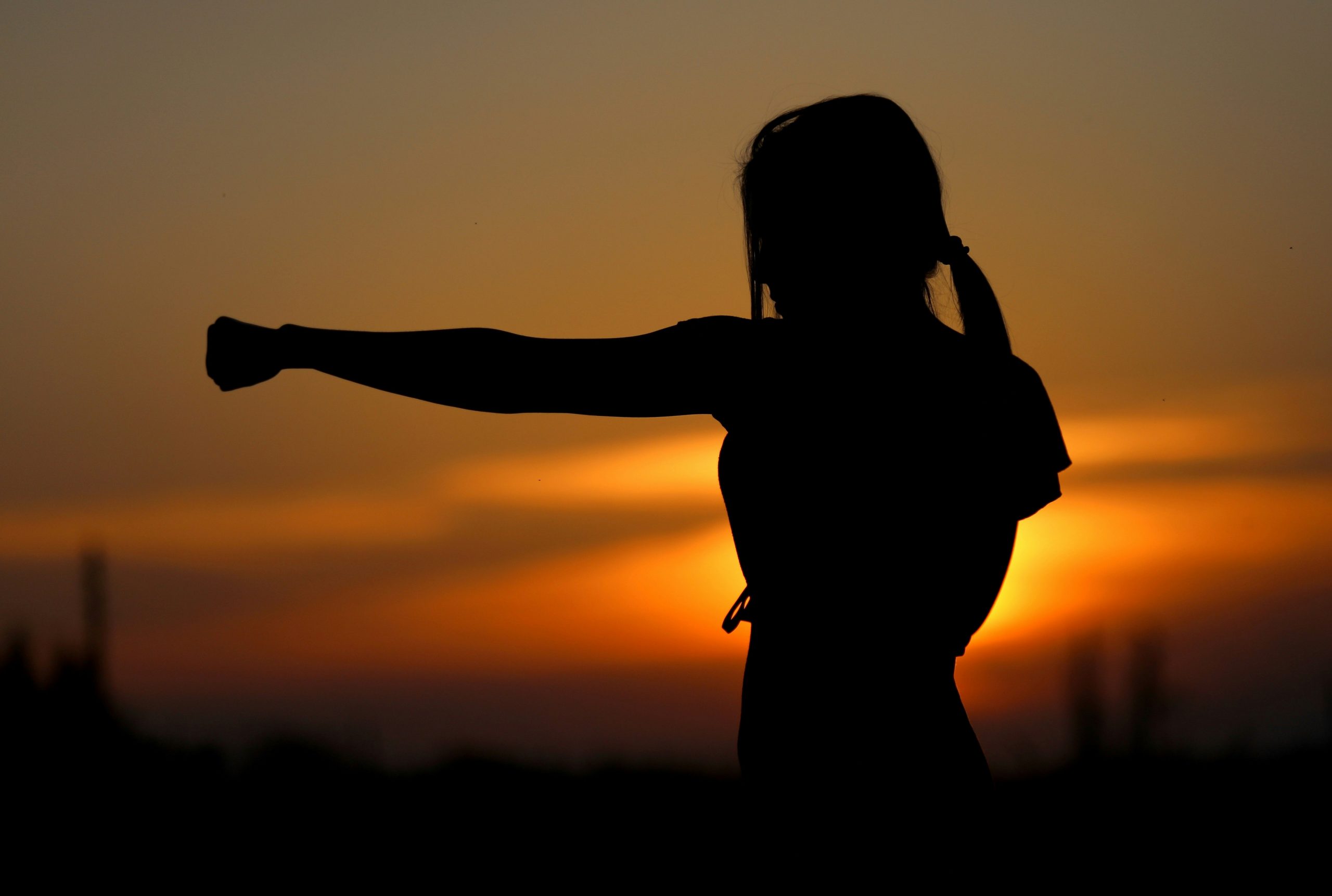
Resistance Is Not Discernment: Signs You Might Be Avoiding Growth
Resistance Is Not Discernment: Signs You Might Be Avoiding Growth
One of the most misleading detours on the spiritual path is confusing resistance with discernment. The former is fear; the latter is wisdom. But the ego is clever. It will convince you that your refusal is clarity, when really it’s just comfort speaking.
During a period of intense spiritual practice, I found myself deeply invested in one system. I gave it everything: time, devotion, and trust. But something wasn’t right. I began resisting other teachings, other voices. Not out of discernment, but out of a need to protect what I had built my identity around.
If a new teaching provokes a strong emotional reaction, that’s a moment worth examining. Not all discomfort is a sign to walk away. Sometimes it’s a sign to lean in.

Ask yourself:
- Do I feel the need to invalidate another path to validate my own?
- Am I shutting out teachings that challenge my beliefs?
- Do I feel triggered when someone offers me a different lens?
These are signs of resistance, not discernment. When you’re truly aligned, you can say “no thank you” with grace, not judgment. But if you need to make something or someone else wrong, chances are you’re avoiding your own edge.
Resistance often shows up when we’re about to grow. It’s a last-ditch effort by the ego to keep the status quo. And spiritual ego is the most slippery kind of all—because it uses light-filled language to avoid doing the real work.
To deepen on your path, you must be willing to let go of even your most beloved tools and identities. It isn’t about abandoning what works. It’s about surrendering the attachments that keep you from growing.












